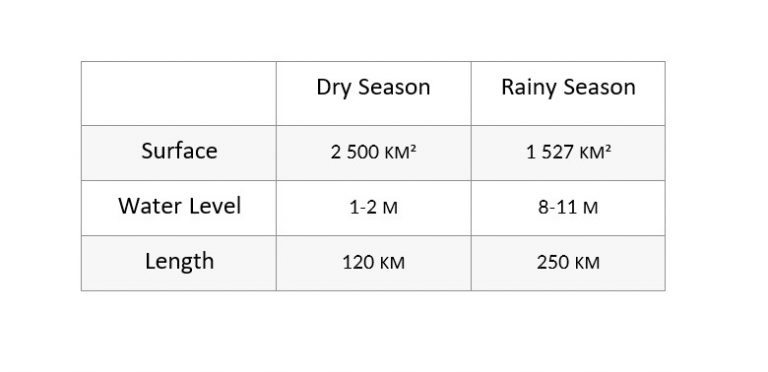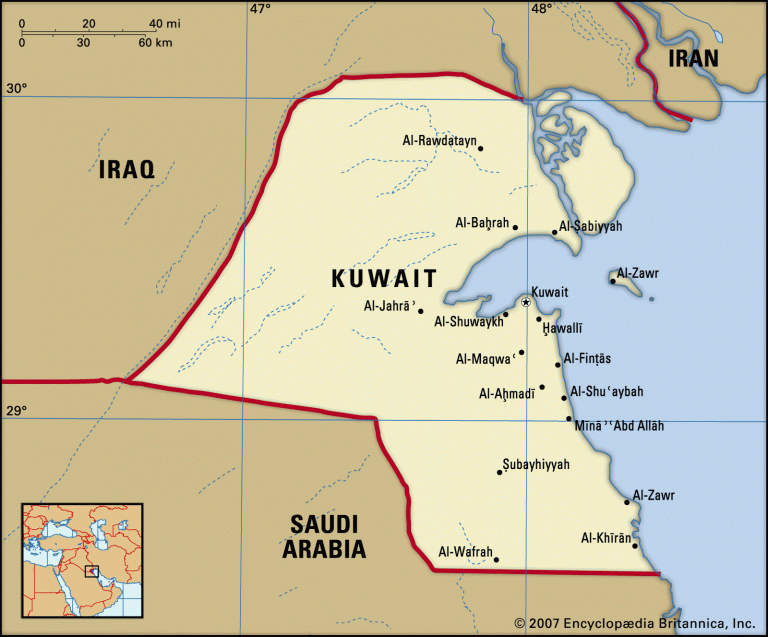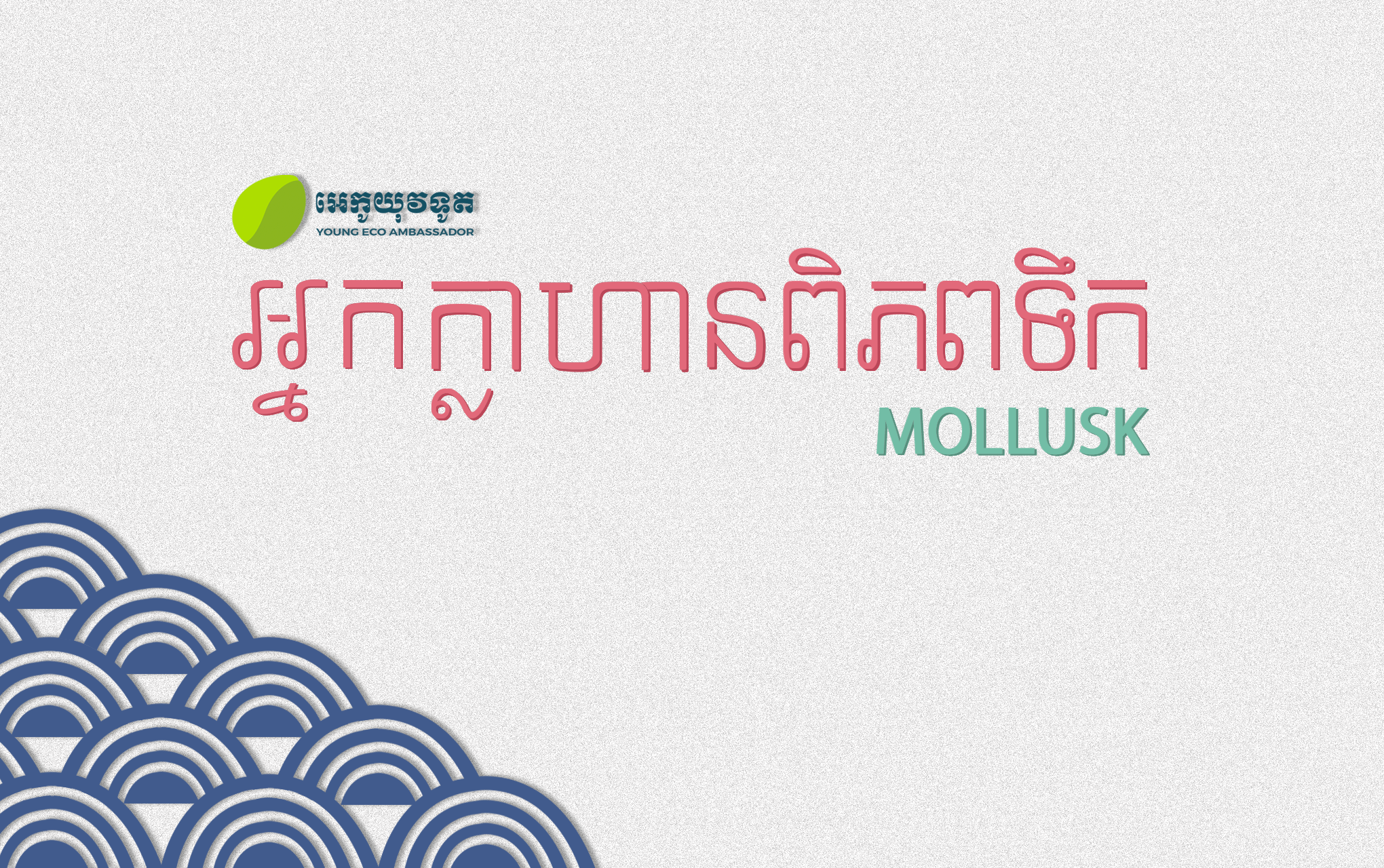WATER
Written By: Chea Sreypov, YEA: Mekong Generation2
Publication Date: 01 March 2021
Translated and Authorized By: Young Eco Ambassador
“lub-dub, lub-dub” This is how our hearts sound!
The heart is the most important organ in our body. It pumps blood, which carries oxygen and important nutrients to the rest of the body. The heart needs blood vessels to work as they carry blood to and from the heart to the rest of the organs.

I also have a heart! But who am I?
There is no other besides, Cambodia! Tonle Sap lake has always been the heart of Cambodia. It has been supplying around 60 million Cambodian and Vietnamese lives for the past decades. What about its blood vessels? Of course, it is the Mekong River! The river travels across five provinces (Steung Treng, Kratie, Kampong Cham, Phnom Penh, and Prey Veng). In Cambodia, the Mekong enters the country in the northeast, at the border with Laos, and it proceeds to store the water in Tonle Sap Lake. We are so lucky that Cambodia has two main rivers!

We are sure that you know about the Mekong river! But what do you actually know about the river?
What is Its length? Geographic Location? How many countries does it travel across?
You can guess the answer! But no cheating!!!
[Add a waiting gif]
Check out my answer here:
Mekong River is the longest river in Southeast Asia. It is also one of the greatest rivers in the world. It is covering approximately an area of 795, 000 Km2 and 48,00Km in distance. It originates from Tibet and travels across six countries, including China, Myanmar, Laos, Thailand, and Vietnam. In Cambodia alone, it is 500Km in length.
Let’s look back at Tonle Sap Lake! It is no less amazing than the Mekong River too because it is the biggest freshwater lake in Southeast Asia. What makes the Lake very special is its seasonal flow reversal. Hence, it results in a seasonal difference in lake surface, and water level. Flow reversal refers to the reverse flow from the Mekong River to Tonle Sap lake in the Rainy season, which multiplies the lake surface by ten times, flooding the surrounding rainforest. The table below will illustrate the lake information in both seasons:

Have you ever truly understood my sincere heart?
Talking about sincerity, we surely refer to the good grace of anyone that does not demand anything in return and even come to our aid whenever we need help. For the two main freshwater sources in Cambodia, they also offer such sincerity for us, because they always supply us with whatever they have every day. According to Open Development of Cambodia, freshwater usage in Cambodia goes up to 74.7%.
What are the benefits?
● The most obvious answer would be drinking water, shower, cooking, watering your plants and crops, cleaning and etc. Guess how many liters of water do you use up in a day? According to a report by the Ministry of Agriculture, Forestry, and Fisheries of Cambodia, each of us uses up to 20 liters of fresh water per day! In my opinion, 20 liters is a lot for a person. What about the total population of the whole country?
● Providing water for agriculture 80% of Cambodian households are involved in agricultural practice. To illustrate, Cambodian farmers more often than not rely on rainwater (in the rainy season) but due to climate change and advanced technologies, farmers who situate near the two main freshwater sources could harvest twice a year in both dry and rainy seasons. In addition to the flow, it also brings along sediment flows that are highly beneficial for further agricultural practices.
● The fishes also follow the water! Just like how we rely on our siblings no matter if it is food supply or for business. According to the report about Environmental Changes in Tonle Sap and Its Floodplain from the Fisheries Action Coalition Team (FACT), Cambodian villagers rely on fishing to support their families. Among those, 11% are people living in dryland, 40% are people switching between dryland and floating village, and 85% are people living in floating villages.
● The abundance of fishes, birds, reptiles, plants, and rainforest No different from people, animals, rainforest, and natural resources also need water to survive, grow, and build a habitat. To sum up, the ecology system depends on one another to survive, including us people too.
● It is the backbone of our economy. For instance, the export of freshwater products, transportation, eco-tourism, major industrial support, and factories (cleaning, cooling down the machines, and waste management), and also serve as the main generator of electricity for the entire country too.
Please don’t forget to love this heart!
If we think things through, even our hard-earned money also has to be spent on water expenses too, including drinking water and paying bills. But day by day, the demand for freshwater is only increasing, and it is becoming highly concerning. What causes this?
There are several factors:
1. Irrigation Systems and Dams
2. Climate Change
3.Overpopulation
(leads to overconsumption)
4. Overfishing and Illegal fishing
5. Destruction of rainforest
6. Water pollution
7. Illegal Residence on Water
8. Growing Tourism
Sounds like a lot?
If these problems keep persisting in our country, we will face severe lack of water and food supply, economic collapse, and even more terrible, a famine. In fact, there is a country that severely lacks freshwater, and they could only survive on underground-water, which is Kuwait.

The country has an abundance of oil as it is ranked 5th in the world, and 4th in the world for being the richest country. Unfortunately, their climate and water resource are not very forgiving. Just like the old saying, you cannot have it all. As it is a mainly desert country, there’s very little underground water in addition to irregular rainwater, which makes the weather persistently hot and dry. They usually face problem like:
1. Sandstorms, which severely affect the respiratory health of the people
2. Potential famine every 5 years
3. More dryland than arable land; high in Sodium too
4. Frequent food insufficiency due to lack of freshwater, so the agricultural products cannot supply the demands for the whole country unless there is an import.
5. Have to invest in desalinating seawater into drinking water in order to supply for the people
6. Wildlife cannot survive in the overly dry and hot climate. In the last decades, more than 40 species of birds and reptiles disappeared.
7. Freshwater lacks nutrition as it is generated from seawater, so it is different from the usual freshwater. Their freshwater is high in acid, which could affect the digestive system in the future.
It is fortunate that Kuwait is a rich country that has oils for export to increase national income so that they could prepare for the future. What about us, a developing country? In fact, up until today, it is not too late yet. We still could turn a new leaf. But how do we achieve that? What do you think?
“Water” is one of the three blog articles written by Chea Sreypov, YEA: Mekong Generation2.
*Youth Program: Mekong Generation2 has been trained by Wapatoa and YEA team.


